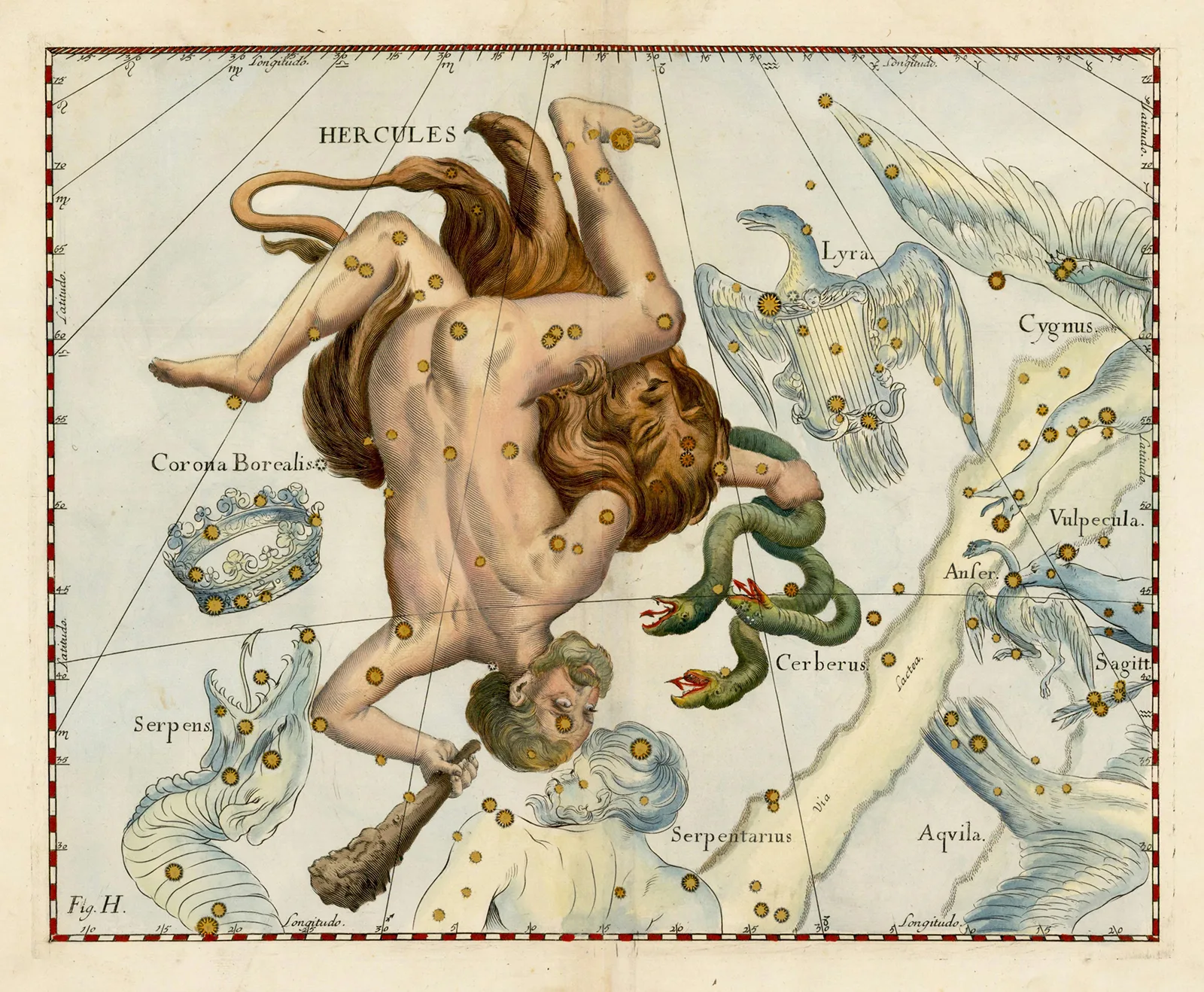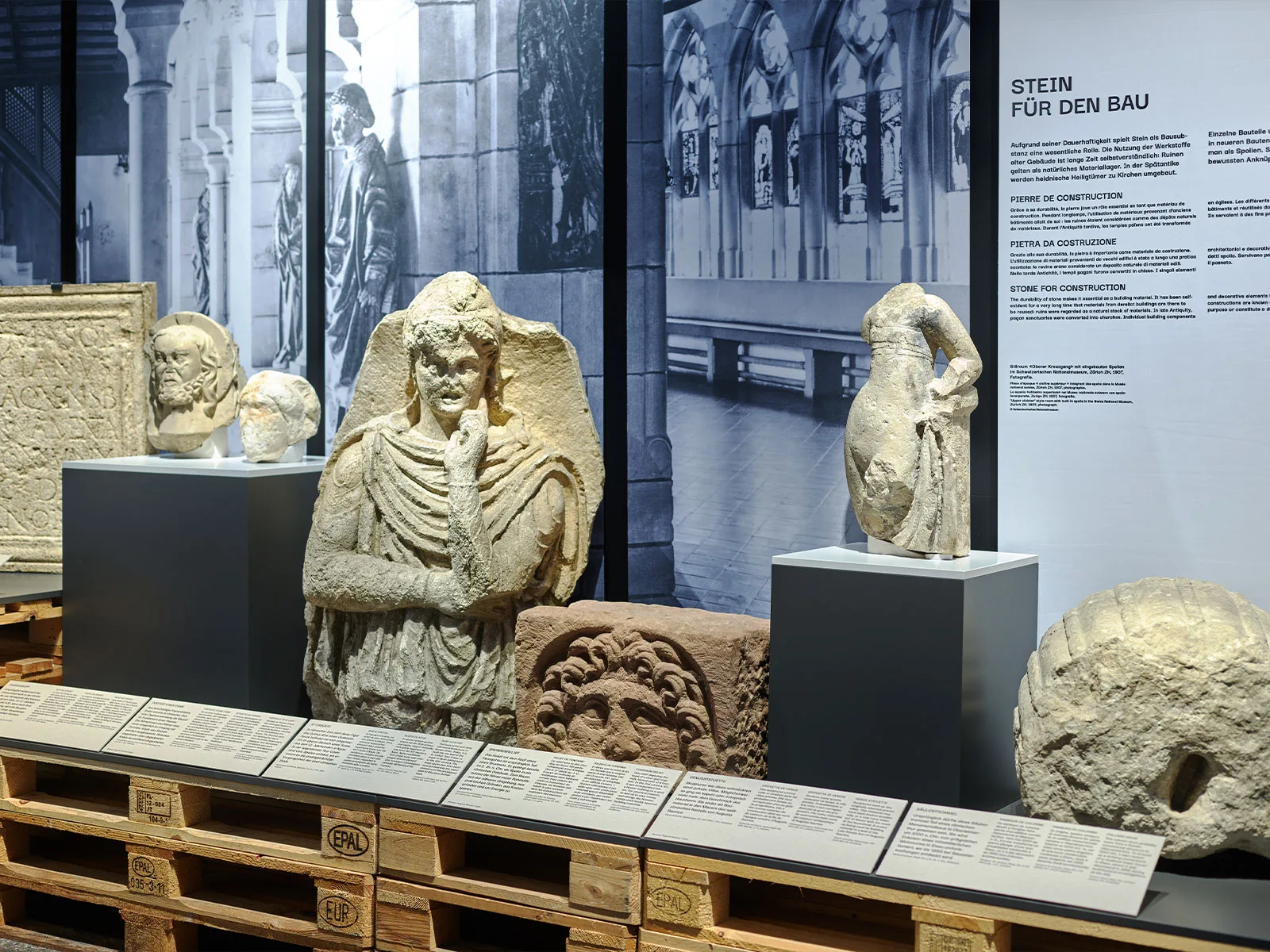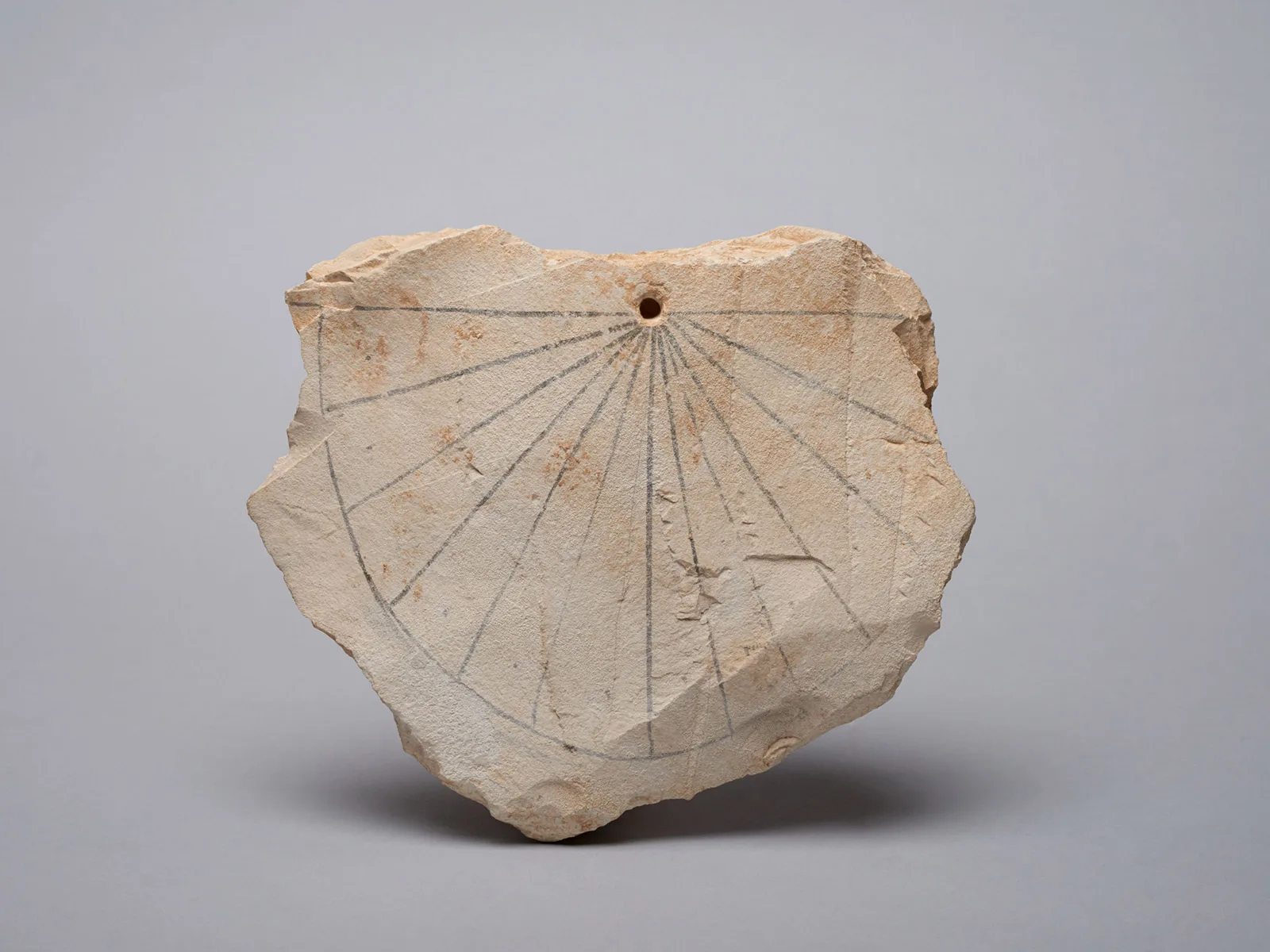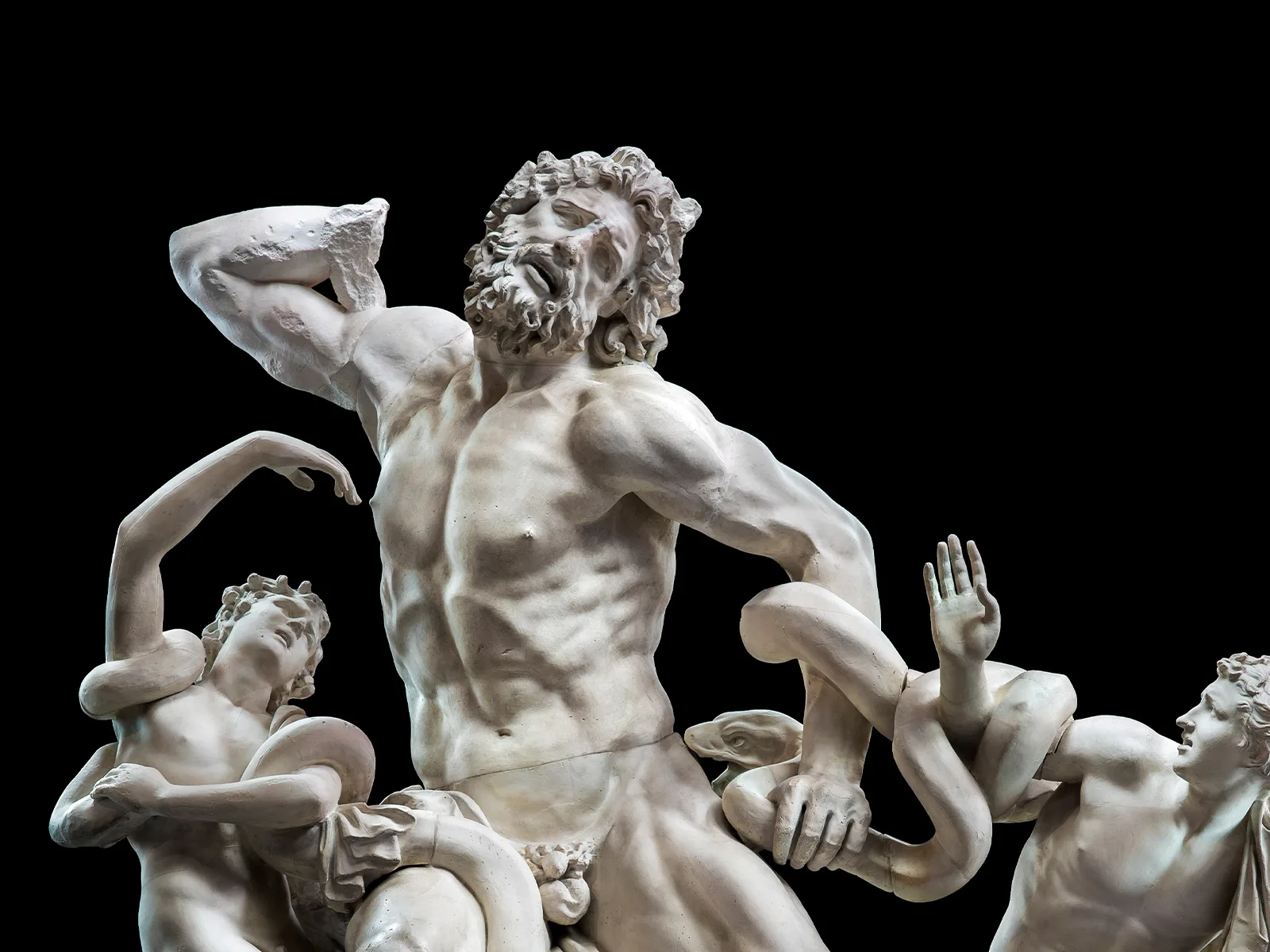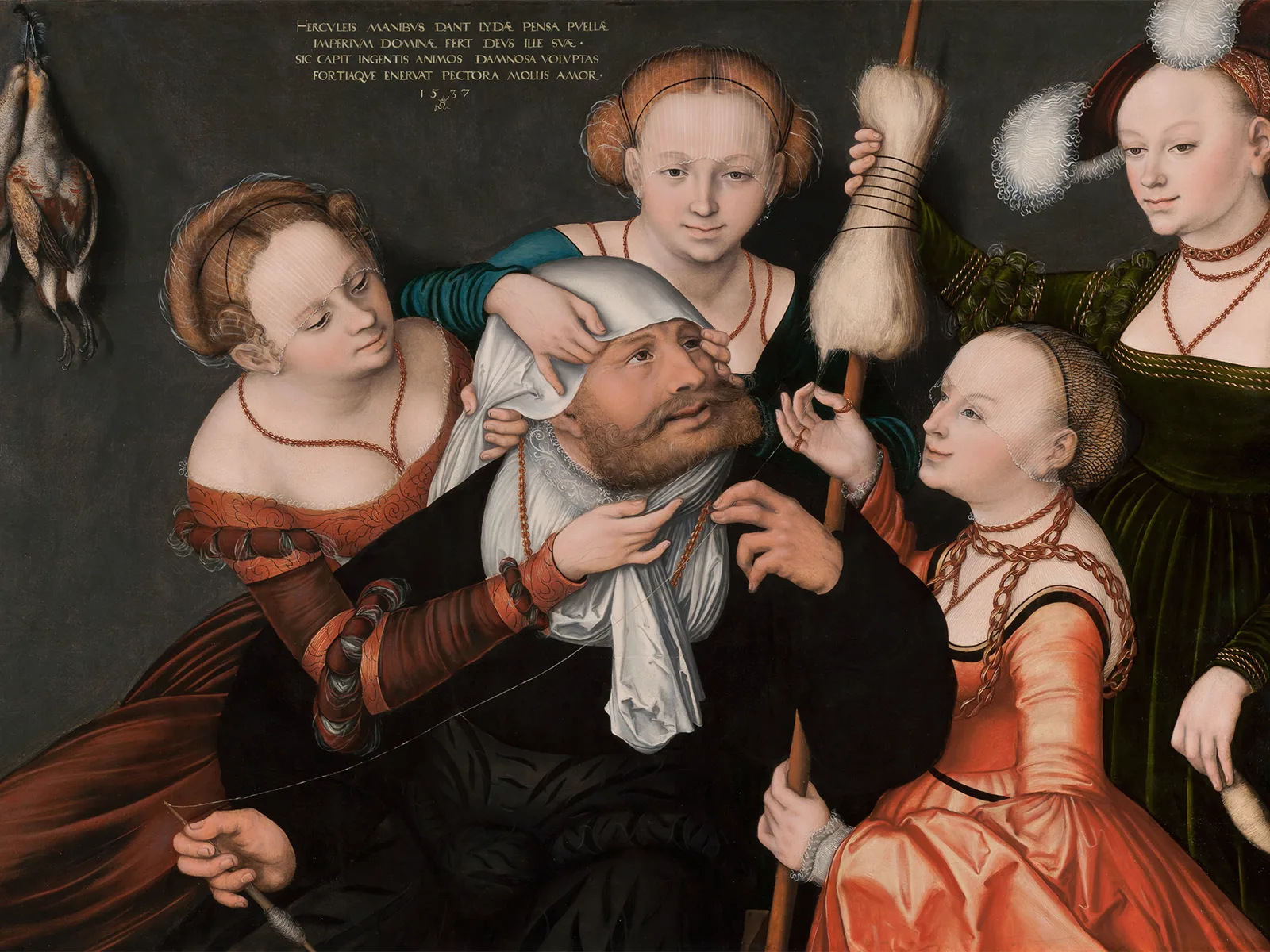
Greetings from Heracles
The Greek myths are a treasure chamber of human possibilities and limits. A little foray into the life of Heracles, the greatest hero of them all, provides ample evidence of this. The setting is archaic and mythical; the knowledge gained is ageless.
The fight with the Nemean lion
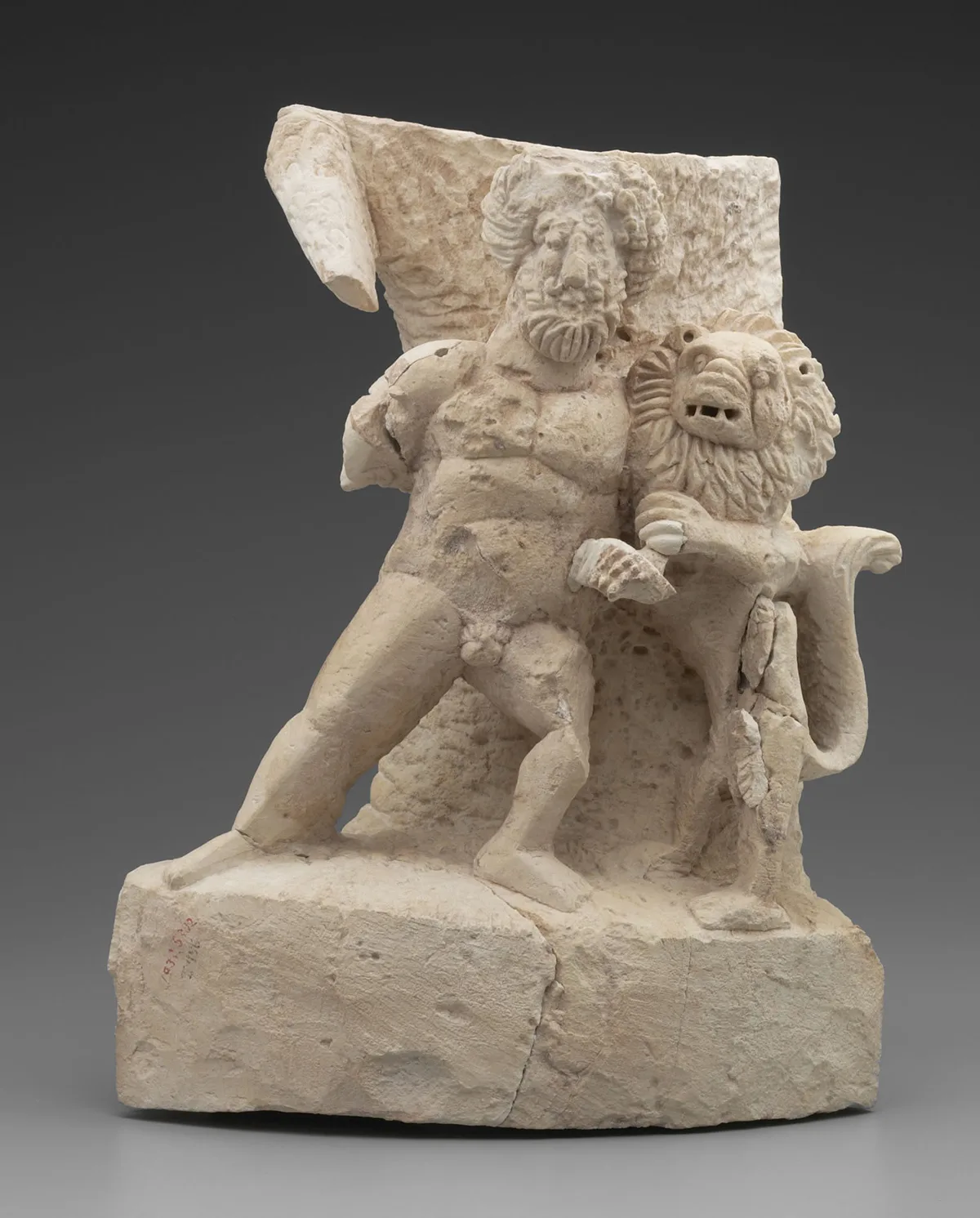
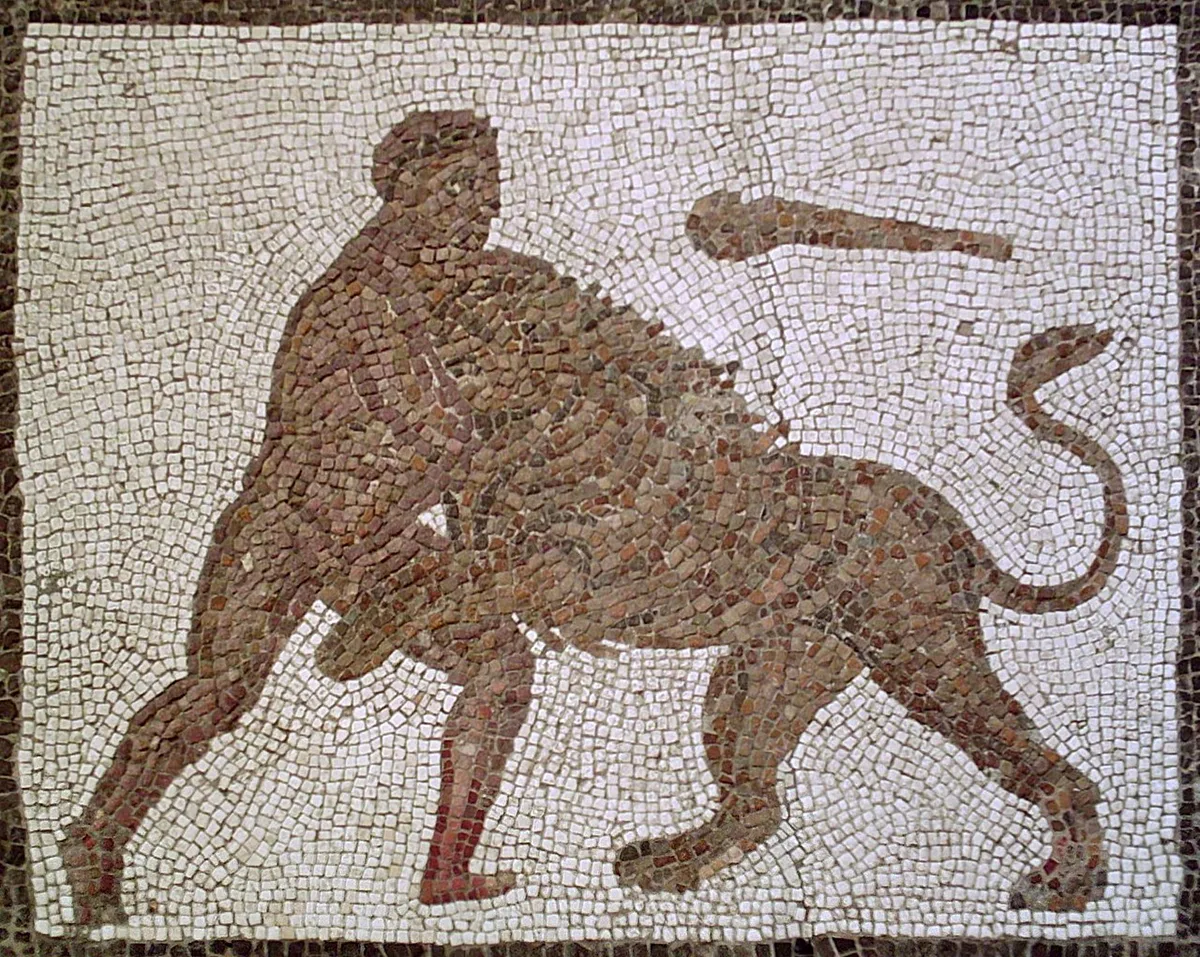
The battle with the Lernaean Hydra
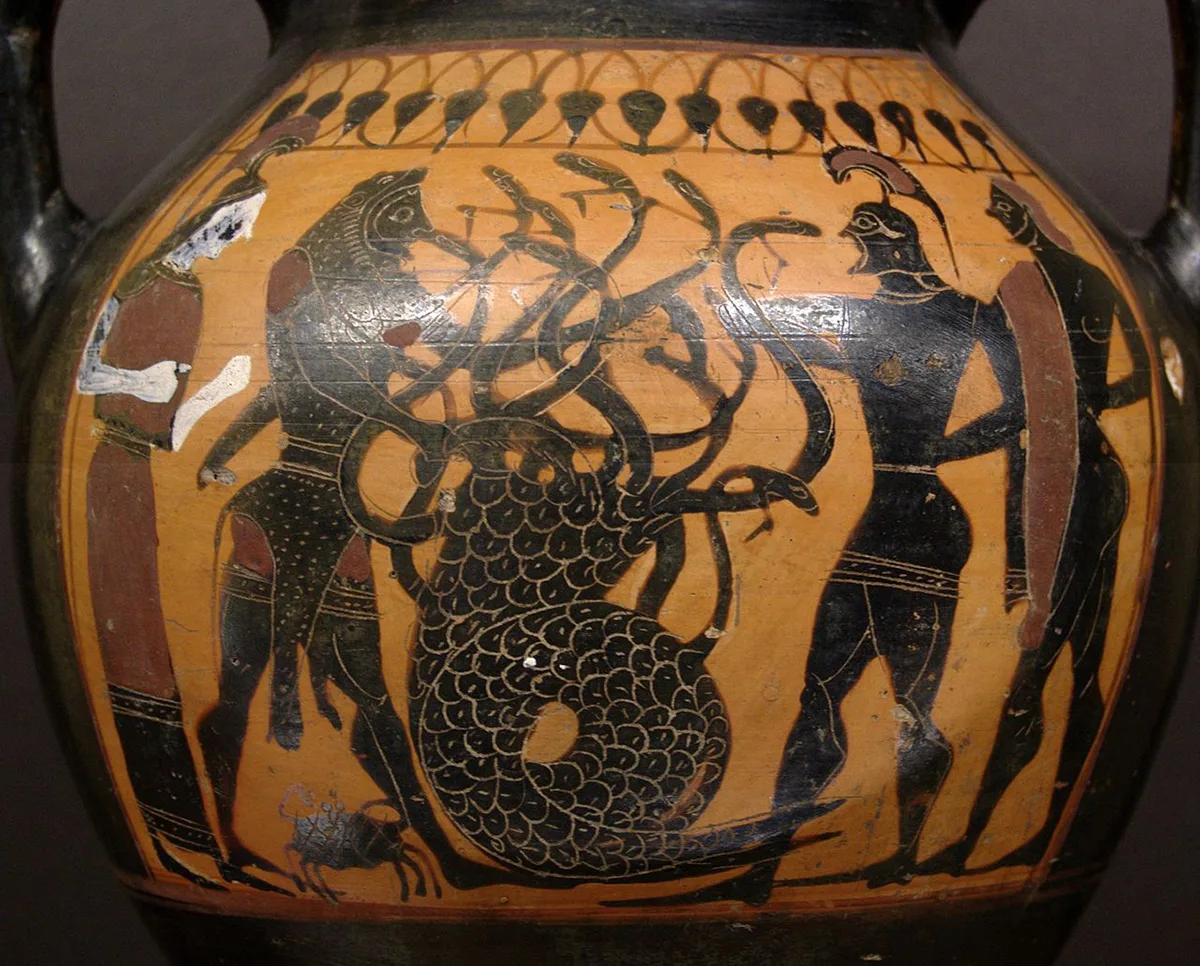

The Augean stables
Vive la différence!
A lovelorn hero
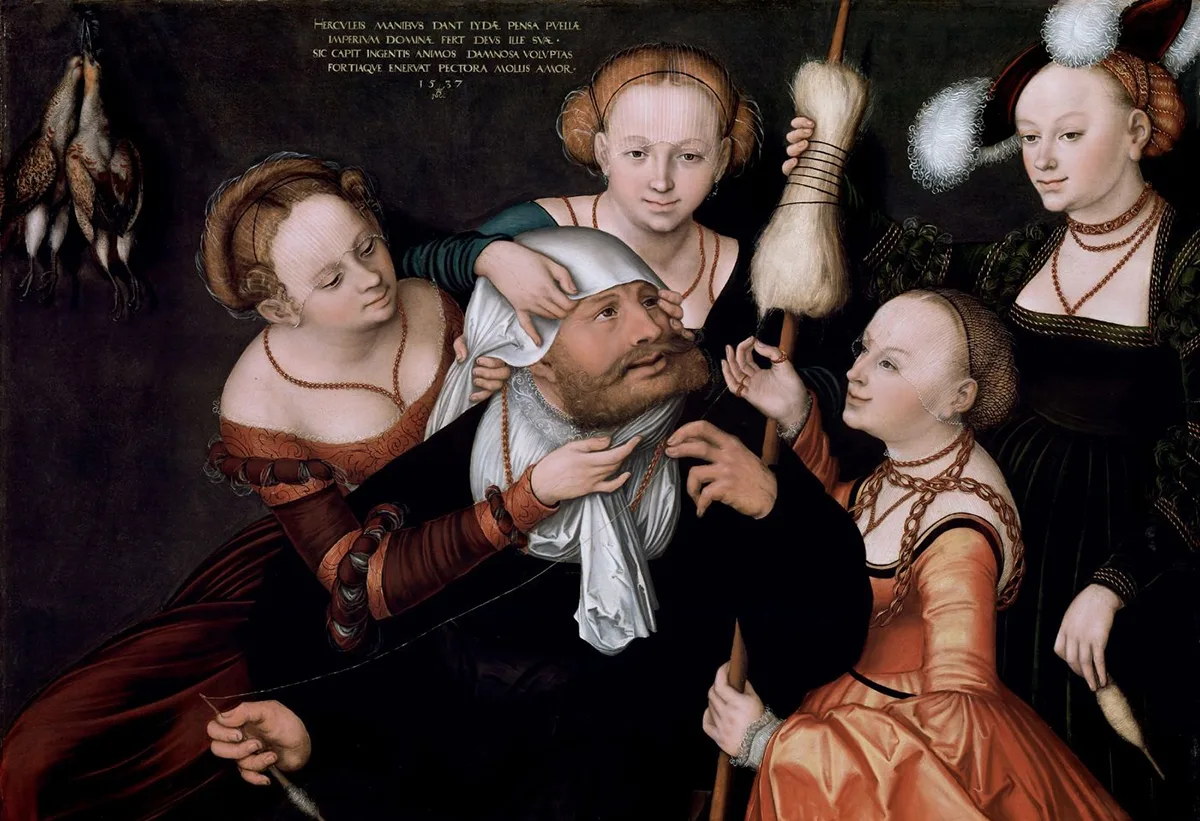
A business as good as the pictures
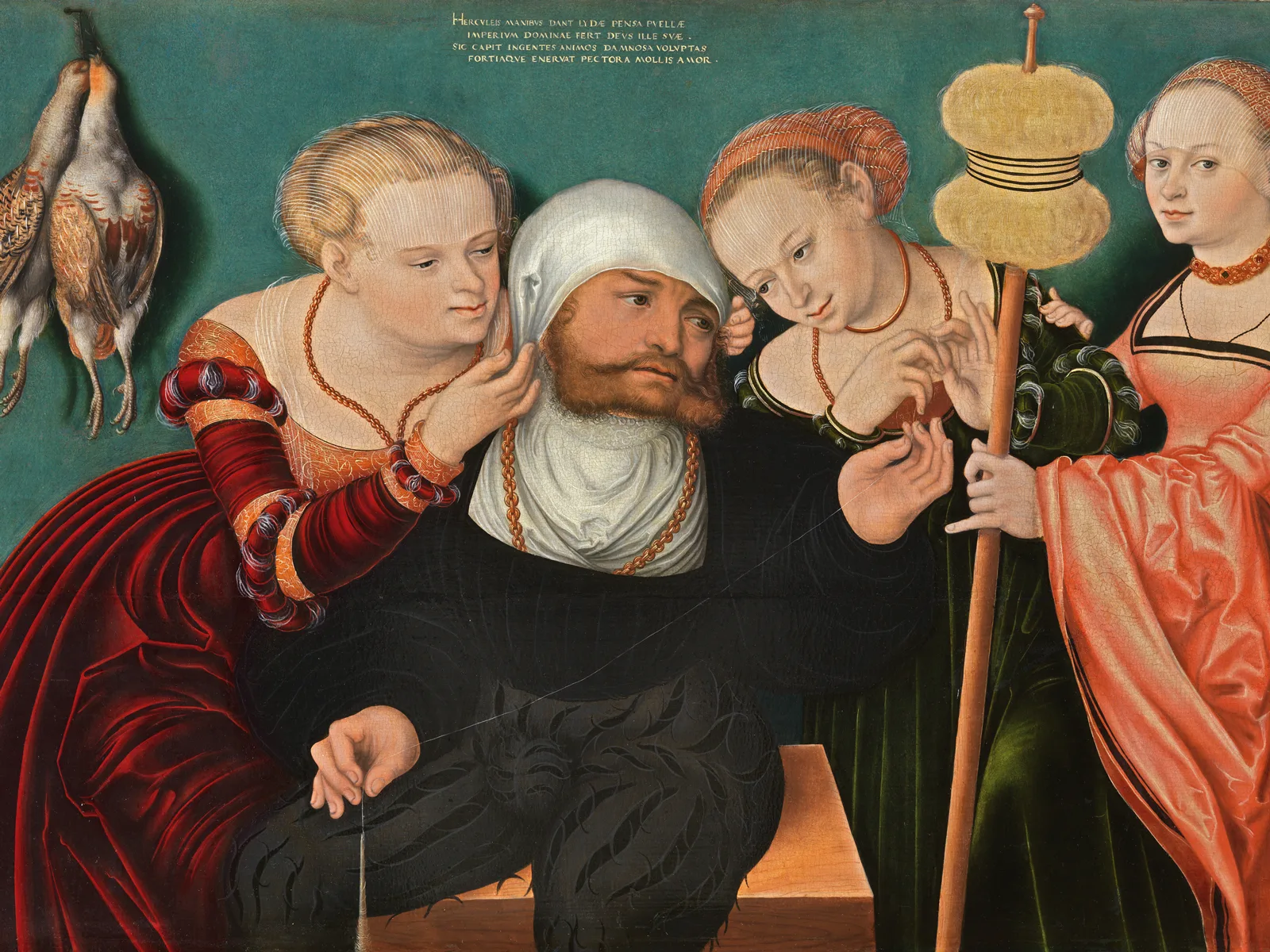
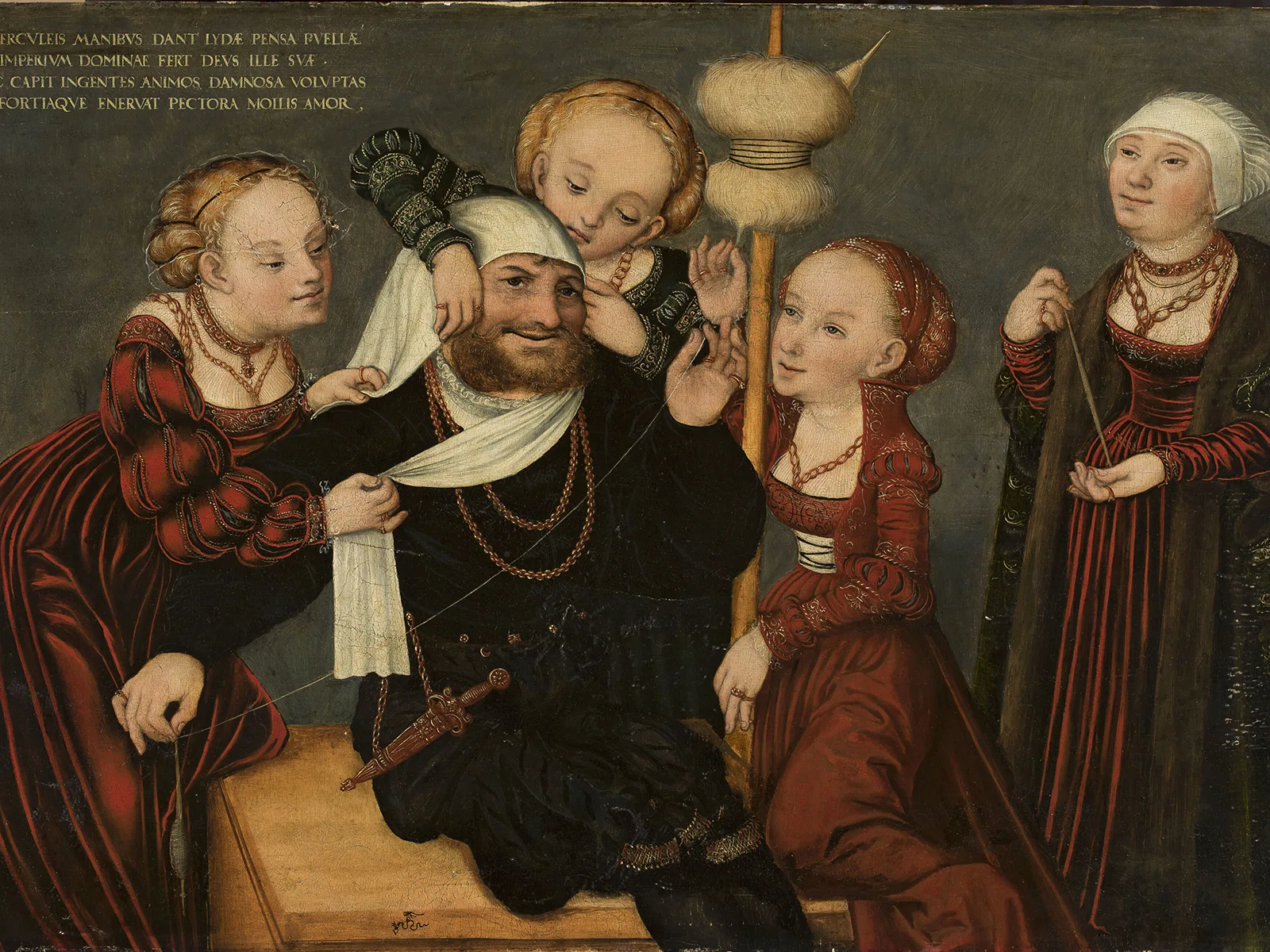
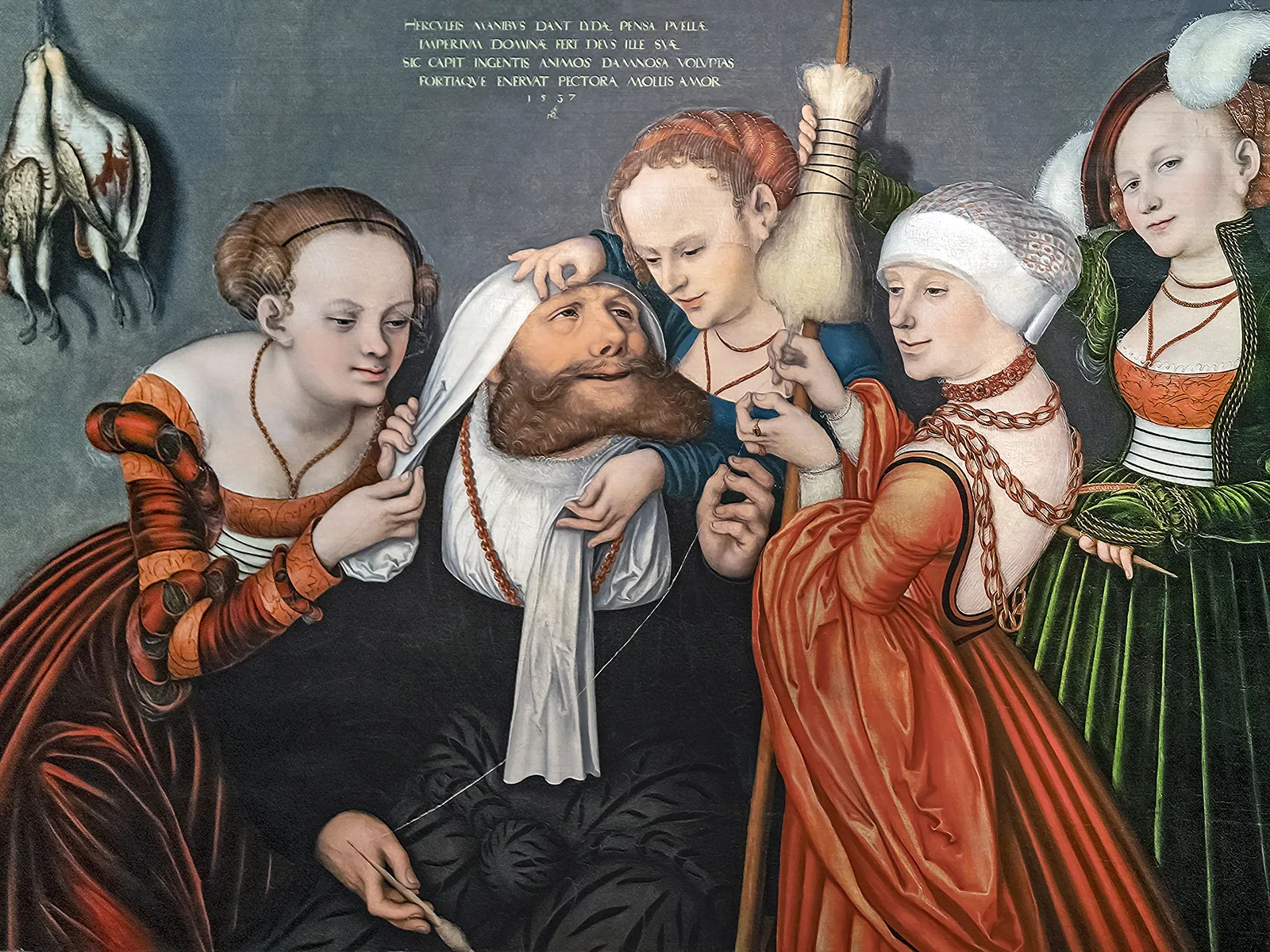
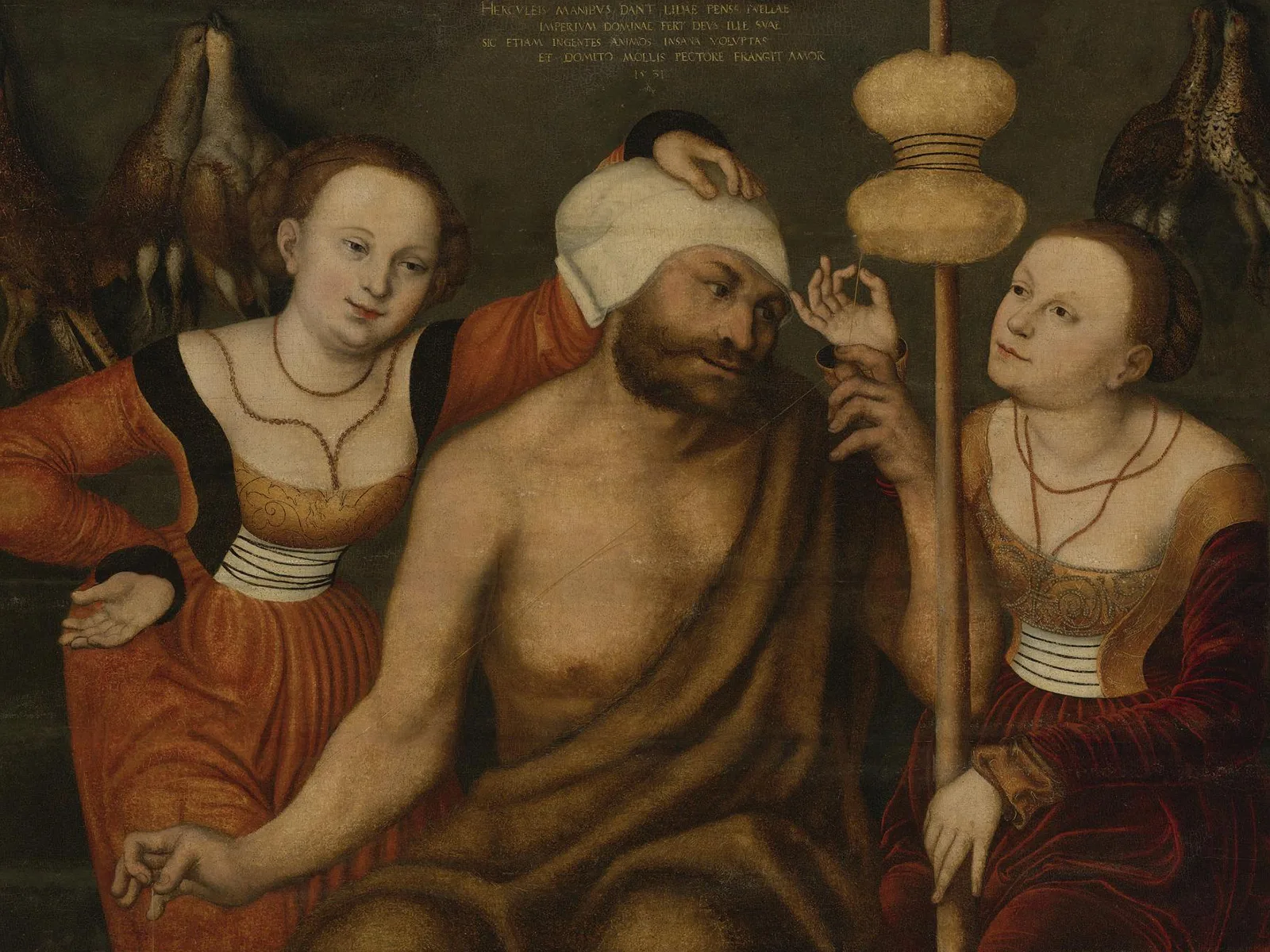
Have a good trip!
